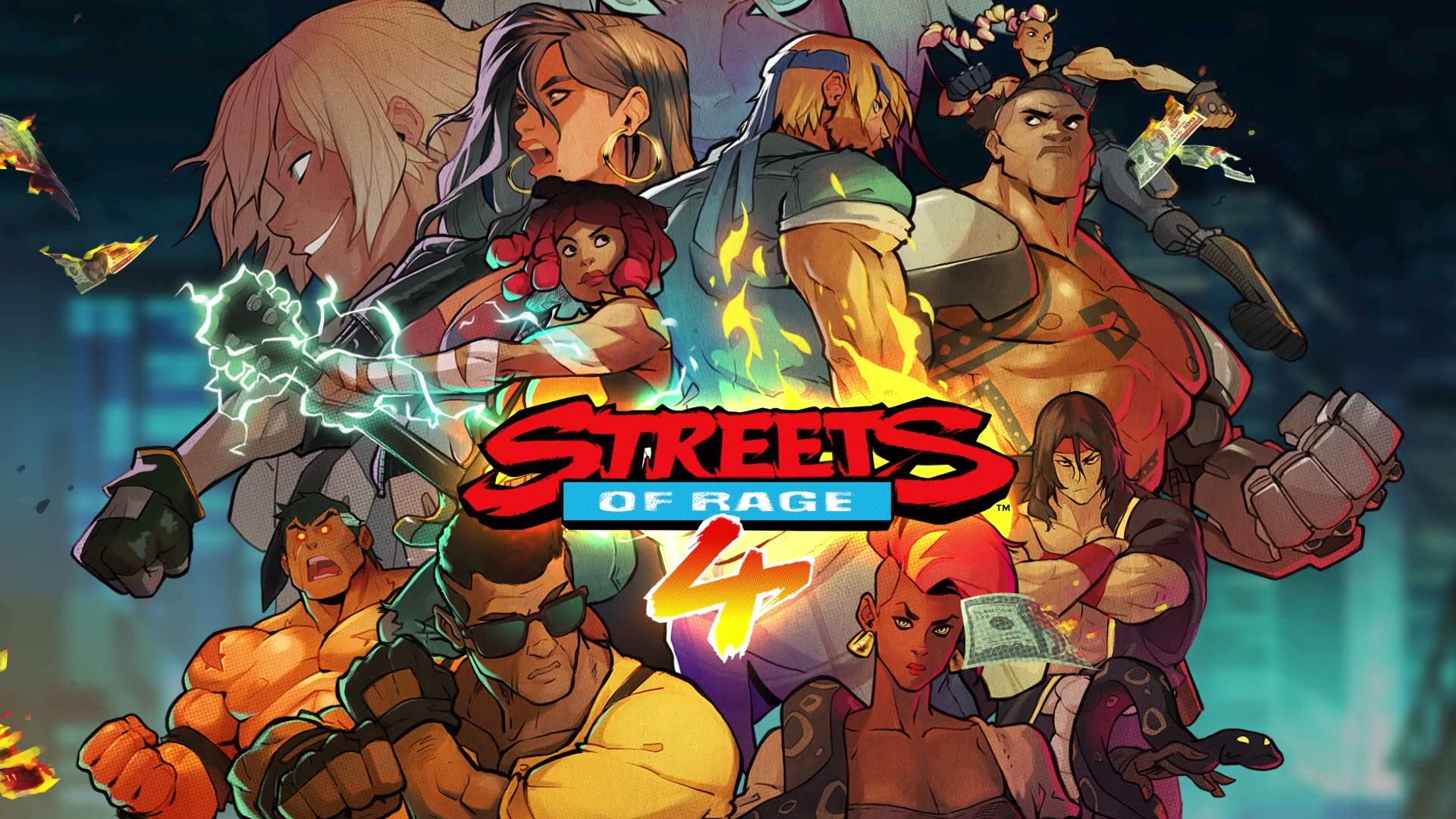
There was also a minor one with The TakeOver, another SOR-inspired urban beat 'em up using pre-rendered 3D models. Both games were long-awaited sequels to classic beat 'em ups by new studios released in 2020, featuring bright, cartoonish, high-definition 2D graphics. The English release was changed for the worse with the added difficulty, and it had a more experimental soundtrack widely considered to be weaker.

It's Blanka-Vega.) Their decision to go back to the smaller characters with SoR3 was a little mystifying, though. Capcom fans may appreciate the Street Fighter II homage/ripoff in the form of "Zamza." (That's Blanka.

It has a great balance of stage space and character definition. Final Fight invented the formula, but SoR2 perfected it. The second game was great some have even called it a masterpiece.

Also, the Japanese version's Easy difficulty, which still lets you complete the entire game and would've been the overseas versions' Easier Than Easy difficulty, is removed altogether.

In other words, you're punished for playing a non-Japanese version. Not necessarily because of the inflated difficulty itself, but because the lowest difficulty setting in the overseas versions, Easy, includes Easy-Mode Mockery that cuts out the last two stages of the game, while the Japanese version's equivalent difficulty level, Normal, lets you play to the very end. Approval of God: The developers of Streets of Rage 4 (Lizardcube, Dotemu, and Guard Crush Games) revealed in an interview with TGG in 2018 that they had played fan games of the series, even specifically acknowledging Streets of Rage Remake.


 0 kommentar(er)
0 kommentar(er)
